Tang Soo Do - Origins of the Ancient Korean Martial Art
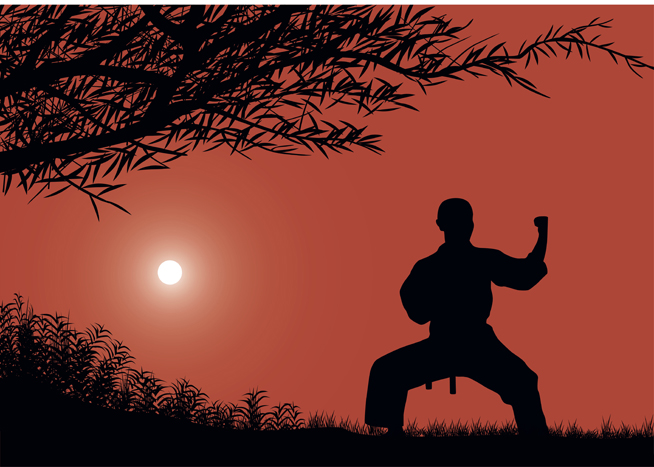
The fascinating tale of Tang Soo Do dates back to ancient Korea, where it was used by a group of elite warriors. Years later, Tang Soo Do developed into a fusion of martial arts styles, drawing inspiration from a variety of Chinese and Japanese martial arts.
This blend of traditional martial arts has created a uniqueness for Tang Soo Do while captivating the imagination of martial arts practitioners worldwide. In this post, we will cover the history, training, and culture of this ancient Korean martial art.
Tang Soo Do – A Rich History
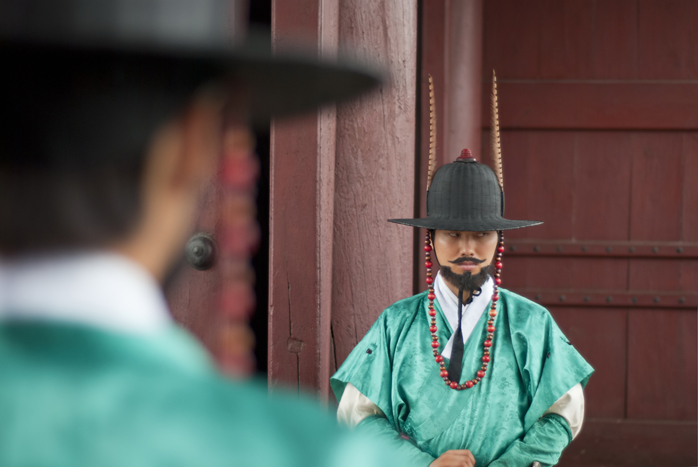
Tang Soo Do has a rich history that can be traced back to the Hwarangdo, a group of ancient Korean soldiers who sought harmony in battle. Hwarangdo warriors were a special, selected group of soldiers who often came from Korean aristocratic families. These mighty warriors had a strong focus on virtue and often exercised spiritual practices.
The Hwarangdo warriors and their followers would go on pilgrimages to scenic rivers and mountains to pray for the state’s well-being while singing and dancing ceremonial songs. These warriors were responsible for shaping some of the tenets and practices of modern Tang Soo Do. The Korean martial art Hwa Rang Do was a product of studying the Hwarangdo warriors, and it is a martial art that had much influence on Tang Soo Do.
In the mid-20th century, a visionary named Hwang Kee embarked on a transformative journey, traveling across China and Korea. Hwang Kee learned the secrets of ancient combat techniques and the principles of traditional martial arts. He had an open mind to new martial arts styles, and his vision was to create the best martial art possible. Combining elements of both Korean and Chinese martial arts, Hwang Kee blended the fighting styles of the two countries seamlessly. The trip was a success for Hwang Kee, and this journey across China is the reason why Tang Soo Do is sometimes called the Way of the China Hand.
Soo Bahk Do is another Korean martial art that was heavily influenced by Shotokan Karate, and it also played a crucial role in the creation of Tang Soo Do. When Hwang Kee formalized his martial art system, he combined the techniques and philosophy of Soo Bahk Do with additional influences from Shotokan Karate, traditional Korean martial arts such as Hwa Rang Do, and Chinese martial arts. While Soo Bahk Do and Tang Soo Do share common roots, Tang Soo Do evolved into a distinct martial art with its own set of forms, techniques, and philosophy.
The Moo Duk Kwan Martial Arts School, with its roots grounded in early 20th-century Korea, carries a profound legacy as one of the first martial arts schools to formalize the teachings of Tang Soo Do. Founded by Hwang Kee in 1945, the school marked a turning point in Korean martial arts history. With the establishment of the Moo Duk Kwan, Hwang Kee sought to create a cohesive martial arts system that instilled traditional martial arts values and focused on personal development.
The legacy of Tang Soo Do began to blossom under the banner of the Korean Soo Bahk Do Association in 1945, emerging from the mud of post-World War II Korea. Once the Japanese occupation of Korea had ended, Moo Duk Kwan Schools began popping up all over the country.
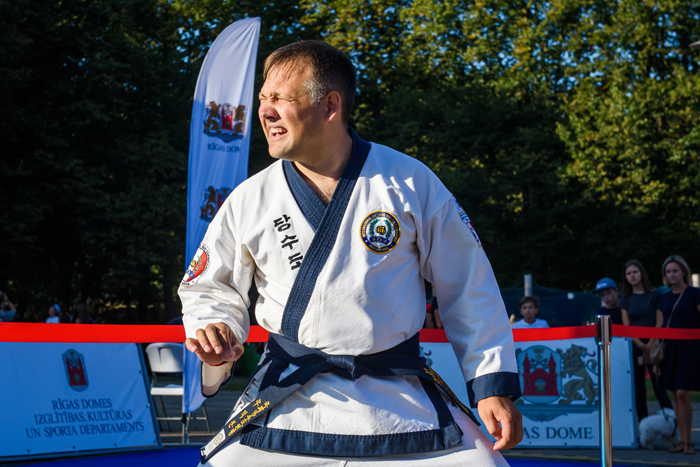
Later, the Tang Soo Do movement extended beyond the confines of Korea as devoted teachers and students sought to pass on their knowledge and kindle a passion for this martial art around the world. In 1982, the World Tang Soo Do Association was established, becoming a pivotal force in nurturing the art’s growth and preserving its traditional teachings.
The Martial Arts Styles of Tang Soo Do
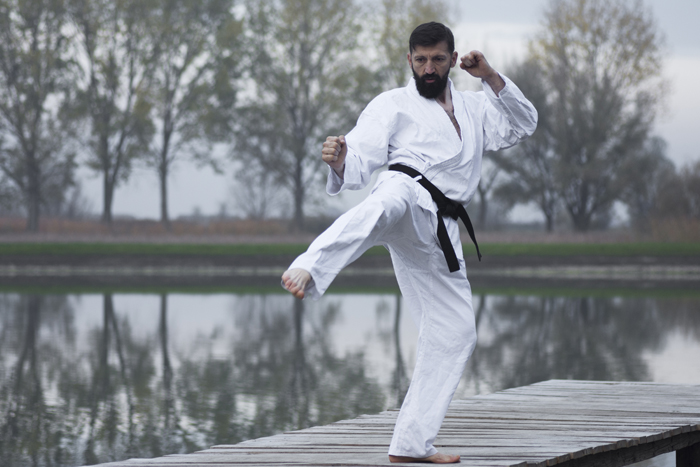
Tang Soo Do draws inspiration from a wide range of martial arts disciplines, each of which adds its own techniques to the style. At its core, Tang Soo Do embraces the striking techniques and forms of Shotokan Karate, infusing them with the grace and fluidity of traditional Korean martial arts. Tang Soo Do has often been called Korean Karate as it shares a lot of resemblance to Karate.
The disciplines and practices of the ancient Hwa Rang Do warriors and Korean martial arts also resonate with the philosophy, promoting harmony and balance in combat. Tang Soo Do even blends elements from Chinese martial arts such as Kung Fu.
It is a style enriched by an innovative fusion of martial arts systems, which gives it a wide variety of kicks, punches, and self-defense techniques. The aim of Tang Soo Do was to take the best elements of many of these traditional martial arts and blend them together to create the best martial art possible. A lot like Jeet Kun Do, Tang Soo Do is a martial art founded on embracing new techniques and finding the best possible outcomes.
Tang Soo Do vs Taekwondo
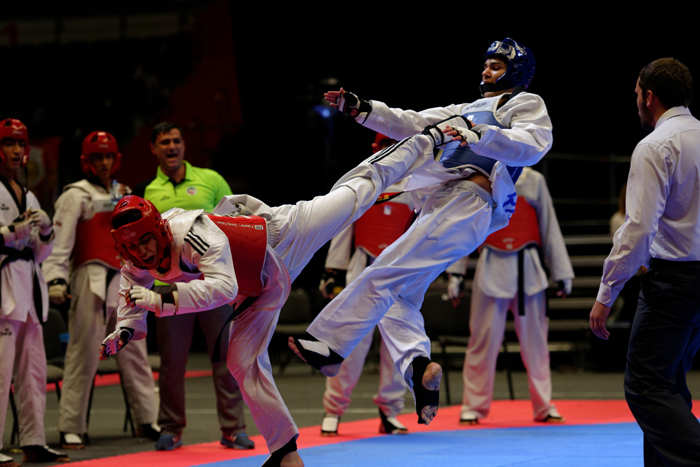
Tang Soo Do and Taekwondo, the Korean martial arts, share common origins and influences but also possess distinct characteristics that set them apart. Let’s explore their similarities and differences to get a better understanding of the unique disciplines.
Similarities
-
Korean Heritage: Both Tang Soo Do and Taekwondo have Korean origins and draw inspiration from ancient Korean martial arts, including the Hwa Rang Do warriors’ practices.
-
Kicking Techniques: Both arts are renowned for their unique kicking techniques. Some kicks, like spinning hook kicks, are used in both styles.
-
Forms (Hyung/Poomsae): Both arts include forms, known as hyung in Tang Soo Do and poomsae in Taekwondo. These forms are choreographed sequences of movements designed to develop technique, balance, and mental focus.
-
Sparring: Both Tang Soo Do and Taekwondo practitioners engage in sparring. In these controlled combat scenarios, students attempt to use their techniques against their opponents. Sparring is a way for both styles to improve their practical skills and reflexes.
-
Philosophy: Both arts emphasize the development of character and self-discipline. Respect, courtesy, and integrity are fundamental values instilled in practitioners. This emphasis on character means that both styles aim to promote humility and a sense of responsibility in their students.
Differences
-
Hand Techniques: While Tang Soo Do practitioners train extensively in both punches and kicking techniques, Taekwondo places a more significant emphasis on kicking techniques. However, Tang Soo Do incorporates a diverse range of hand strikes, including punches, blocks, and open-hand techniques.
-
Forms and Techniques: Tang Soo Do’s forms often integrate elements of traditional Korean martial arts and Chinese influences, making it a blend of styles. On the other hand, Taekwondo’s forms focus primarily on the art’s distinctive kicking techniques, displaying a more acrobatic and explosive style.
-
Competition Focus: Taekwondo is widely practiced as a sport in international competitions, with a points-based scoring system for kicks to specific target areas. Tang Soo Do, while also engaging in competitions, places a stronger emphasis on self-defense applications and preserving the traditional aspects of the martial art.
-
Philosophy Emphasis: While both arts emphasize personal growth and character development, Taekwondo’s philosophy is focused on “The Tenets of Taekwondo,” courtesy, integrity, perseverance, self-control, and the indomitable spirit. Tang Soo Do offers the same tenets but with a wider range and a stronger emphasis on broader martial virtues such as humility, honesty, and compassion. The focus on overall philosophy is stronger in Tang Soo Do.
Tang Soo Do Training
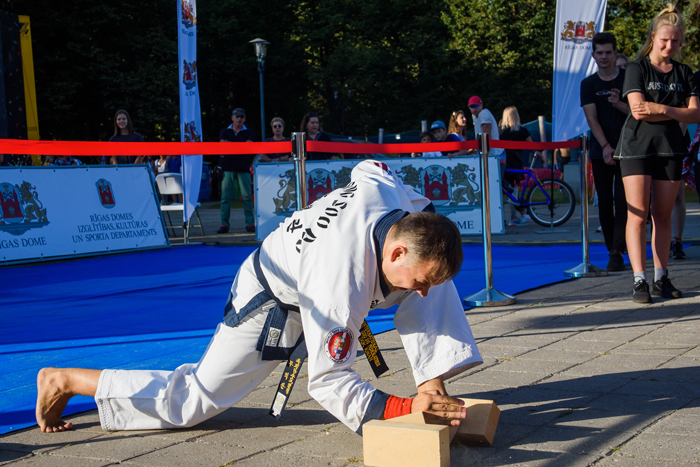
Tang Soo Do martial arts training curriculum is a comprehensive and disciplined journey that encompasses a range of physical and mental aspects. At the heart of this martial art lies the practice of forms (hyung), a series of prearranged movements that help develop balance, focus, and technique.
Modern Tang Soo Do continues to teach a comprehensive and well-rounded curriculum that encompasses both traditional Chinese martial arts principles originally taught by the Moo Duk Kwan and practical self-defense techniques from modern martial arts. Here are some key aspects of what modern Tang Soo Do typically teaches:
Forms (Hyung)
Practitioners learn a series of choreographed movements known as forms, or hyung. These forms serve as a means of training, helping to develop balance, coordination, and understanding of techniques.
Kicking and Striking Techniques
Tang Soo Do practitioners develop a wide range of powerful and precise kicks, strikes, and punches. The art’s diverse kicking techniques include front kicks, side kicks, roundhouse kicks, and spinning kicks.
Self-Defense
Modern Tang Soo Do includes practical self-defense techniques that prepare practitioners to respond effectively to real-life threats and attacks.
Sparring (Kumite)
Full-contact sparring (Kumite) is a crucial aspect of training, allowing practitioners to apply their techniques in controlled fighting situations.
Breaking
Breaking techniques involve breaking boards or other materials using various strikes, showcasing a practitioner’s power, accuracy, and focus. This is often considered a Kartate practice, but some Tang Soo Do schools have taken up this tradition.
Philosophy and Tenets
The development of character and values such as respect, courtesy, integrity, perseverance, self-control, and indomitable spirit are prioritized by the “Five Codes of Tang Soo Do,” also known as the school’s guiding principles.
Physical Conditioning
Physical conditioning is an important aspect of martial arts training in general, and Tang Soo Do is no exception to this. Tang Soo Do training includes exercises and drills that improve strength, flexibility, endurance, and overall physical fitness.
Forms of Meditation
Some Tang Soo Do schools incorporate meditation or breathing exercises to enhance mental focus, relaxation, and mindfulness.
Weapons Training
Tang Soo Do schools, students may also receive instruction in traditional Korean weapons such as the bo staff or sword.
Discipline and Perseverance
Tang Soo Do instills discipline in practitioners, teaching them to follow a structured training regimen and practice diligently. Perseverance is emphasized as a way to overcome challenges and achieve personal growth.
Indomitable Spirit
The indomitable spirit is a cornerstone of Tang Soo Do, fostering the mental fortitude and determination to face difficulties and never give up, both on and off the training mat. This applies to a variety of other martial arts, as many of them teach a fighting spirit. However, Tang Soo Do really prides itself on this principle of the Indomitable Spirit.
Overall thoughts on Tang Soo Do
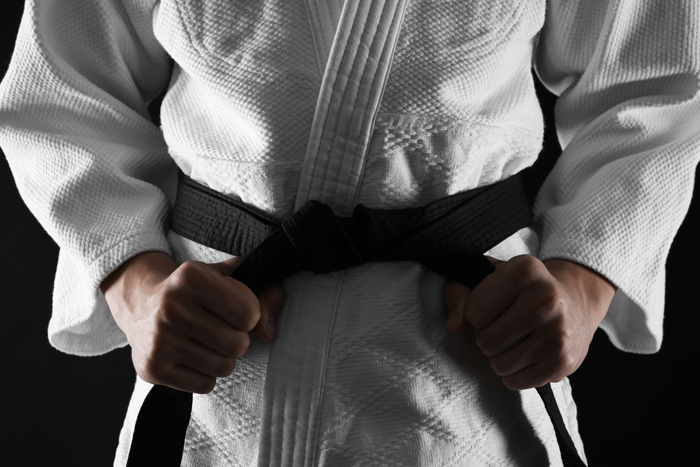
Tang Soo Do is still prospering today, thanks to the World Tang Soo Do organization. Many practitioners are currently still taking part in the traditional martial art, carrying forward the spirit and teachings of its founder, Grandmaster Hwang Kee.
The Korean martial art might not be as popular as some other more widely recognized styles, but practitioners of Tang Soo Do enjoy the skills, principles, and sense of mental clarity that Tang Soo Do teaches.
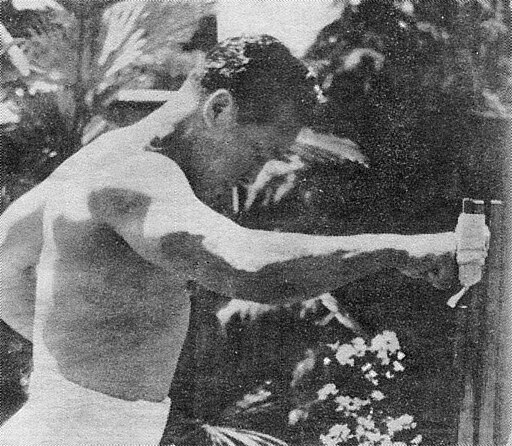
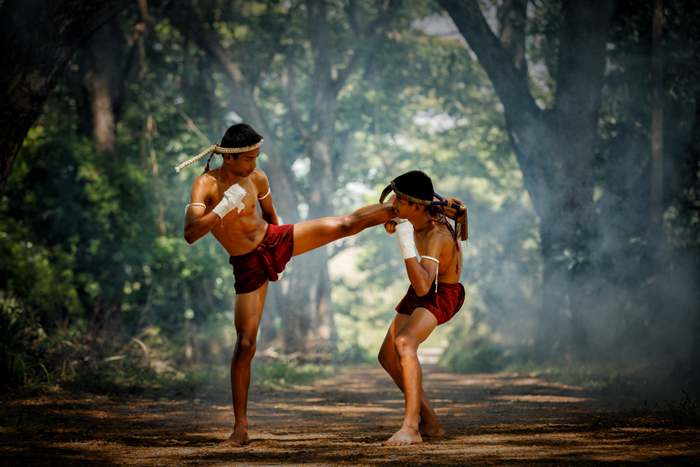
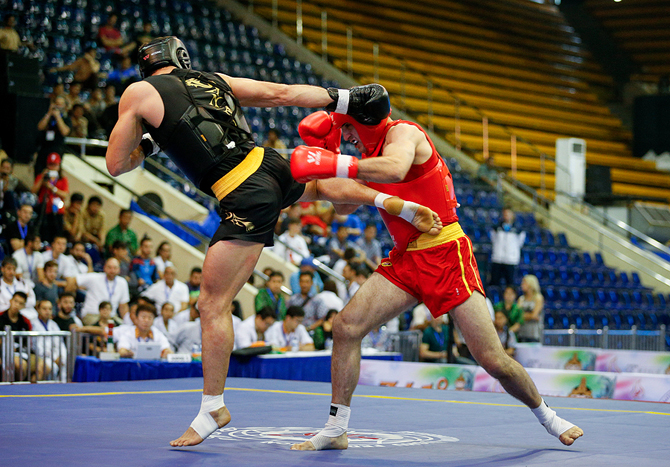
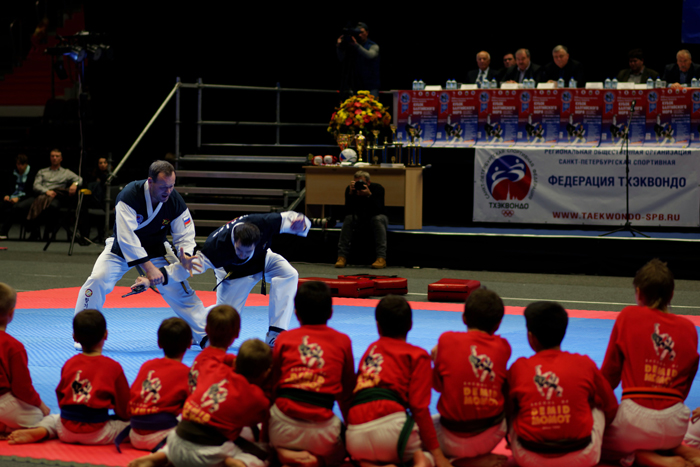
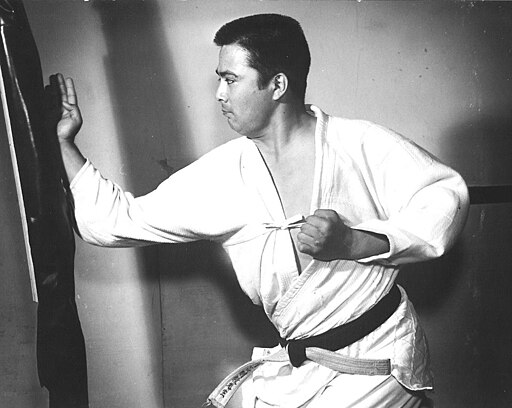

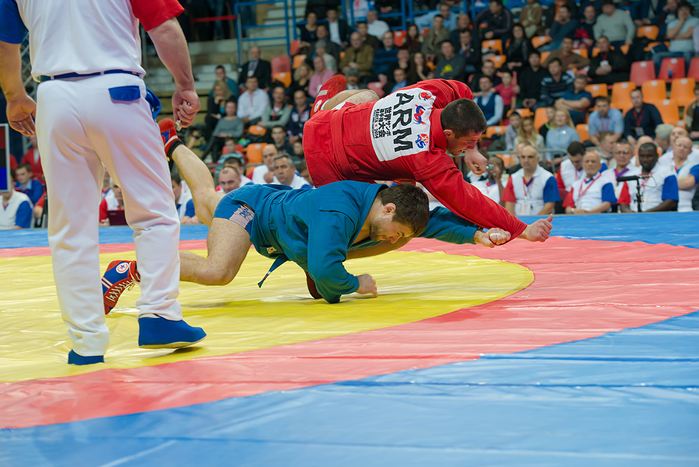
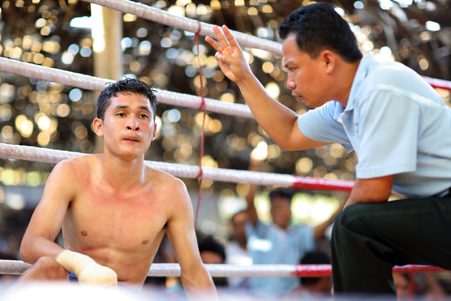
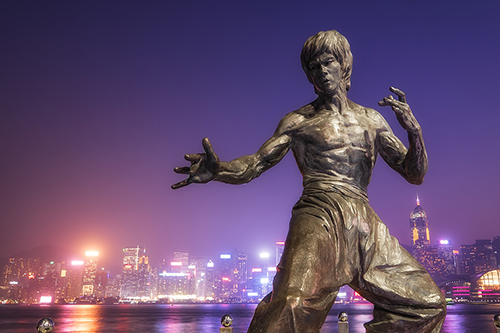
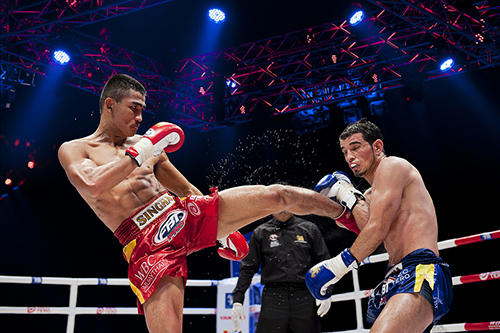
Pingback: Hapkido – Philosophy and Techniques of the Korean Martial Art
Pingback: Soo Bahk Do: Exploring a Strong Korean Martial Art